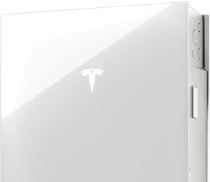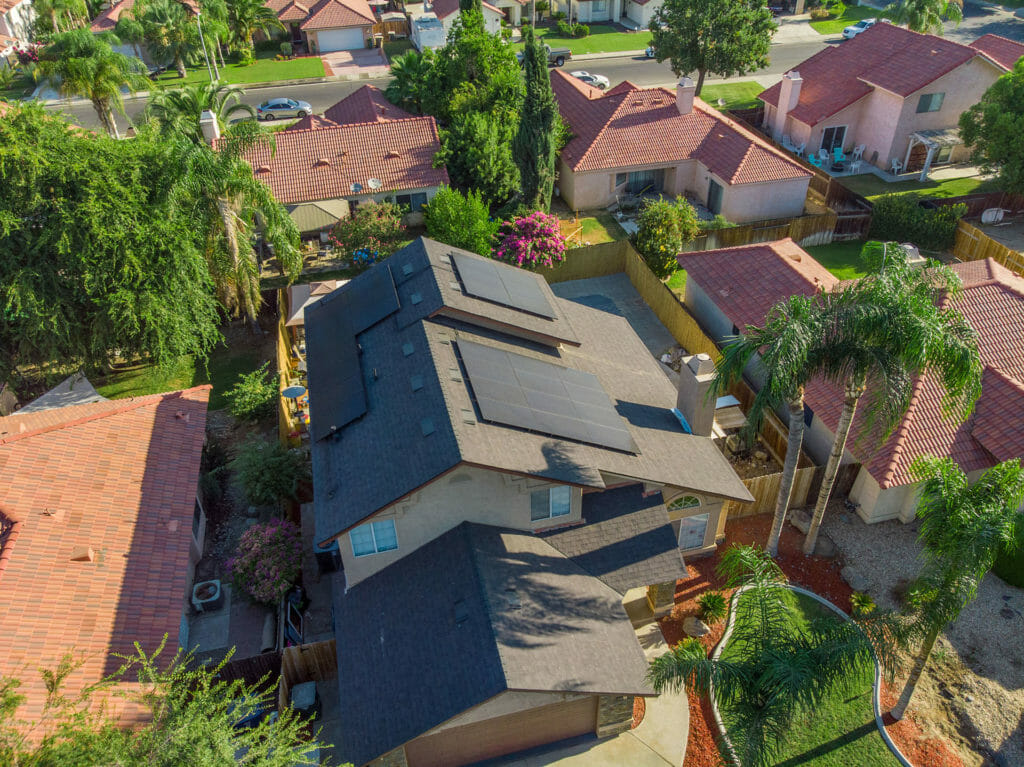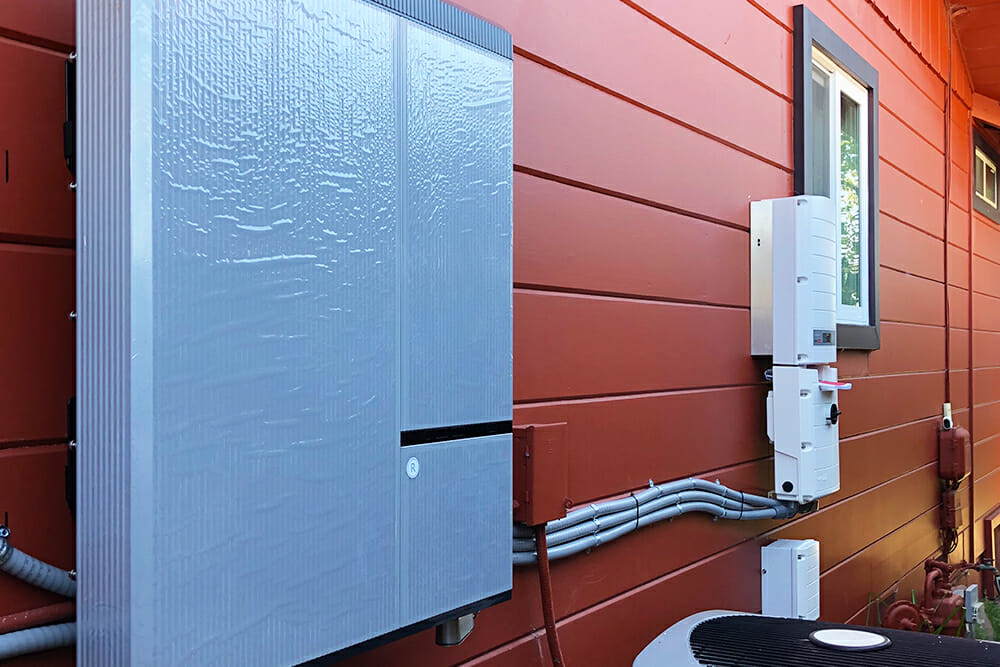In 2020, the U.S. installed a record 19.2 GWdc (gigawatts-direct current) of solar capacity, a 43% increase from 2019. The residential solar sector was particularly strong as installations grew 11%. The commercial solar market did slow, owing largely to the pandemic. Supply chains were strained and many projects put on hold until 2021.
Perhaps most encouraging, new solar installations accounted for 43% of all new electricity-generating additions in 2020. This was the most of any new energy addition, edging wind and coming in way ahead of natural gas.
The federal government extended the solar incentive tax credit, which was set to decrease in 2021 and end in 2022.
In a year-end reversal, lawmakers updated the federal solar incentive tax credit provisions. Those that purchase solar in 2021 and 2022 will receive a tax credit worth 26% of their system and installation cost. The ITC was set to end in 2022, but it’s a good thing it won’t—the ITC has helped increase solar installations by more than 10,000% since it was enacted in 2006.
The ITC is just one piece of the bigger solar puzzle. Residential solar sales soared in 2020, exceeding most predictions. One big reason: the pandemic.
It makes sense. Millions of homeowners spent more time at home than ever before, and they used more electricity than ever before. They had to run the A/C during the afternoon on hot summer days when they’d typically be at the office or job site, and run the heat during winter daylight hours. In general, home improvement projects boomed in 2020.
But, again, there are many factors boosting solar sales. Loan providers now offer more attractive products and terms, and solar system prices are coming down as new manufacturers and new tech enter the market. Meanwhile, utility prices are skyrocketing. Faced with increasingly common mandatory blackouts, people want to keep their lights on and know solar can help.
Those are all real, convincing reasons to go solar. It’s why so many have done just that.
By 2030, industry analysts expect total U.S. solar installations to top 420 GW, quadruple what it is now.
The U.S. is on track to ramp up solar installations across every sector—residential, commercial, and utility—in the coming decade. Utility solar installations make up the vast majority of all installations in the U.S., and this should hold going forward. The share of residential solar installations will grow from 4% today to nearly 14% in 2030.
The first quarter of 2021 is expected to be a big one. At the time of this writing, we don’t quite know what the numbers look like. Many solar installations projects were pushed back in 2020 due to permitting issues, material supply chain problems, and even labor shortages. Much of this delayed work was expected to commence at the beginning of 2021, so we should be in store for some growth to kick off this year.
The 10-year forecast is somewhat sullied by California’s intention to adopt new net energy metering (NEM) policies, which govern how solar owners are compensated for unused energy they send back to the grid. Known as NEM-3, the outcome of this forthcoming revision to NEM will have wide-reaching effects for residential and commercial solar in California. NEM-3 adoption also happens to coincide with the reduction in the ITC, making it more likely we’ll see some stagnation.
A lookback study commissioned by California lawmakers found NEM-2 (the current policy adopted in 2016) benefited solar participants but increased energy costs for ratepayers. NEM-3 is expected to be adopted sometime in 2022. Changes will happen, though how exactly it changes remains unknown. Will it decrease benefits for solar owners in hopes to lower cost for ratepayers? Will there be different customer classes (e.g. residential and commercial)?
After all is said and done, NEM-3 and the end of the ITC is expected to slow the solar market in 2024-25 before a quick rebound in 2026 and beyond.
Solar system pricing fell an average of 6% across all sectors in 2020 compared to the year prior.
The utility industry enjoyed an 8.8% solar system price drop, the largest of any sector. This was followed by non-residential commercial solar and residential. Check out the numbers below:
| Sector | Solar System Price Change in 2020, Compared to 2019 |
| Utility | -8.8% |
| Commercial | -6.5% |
| Residential | -2.5% |
One notable wrinkle in these trends are solar component prices, which actually went up in 2020. Polysilicon, a high purity silicon used in solar panel manufacturing, reached a peak of $11 per kilogram. Overall, polysilicon increased 8% in 2020. Solar demand outpaced polysilicon supply for much of the year, which contributed to the price jump.
It’s worth looking at 2020 quarter-by-quarter. Q1 2020 slowed compared to Q4 2019, which was expected. The pandemic forced economic shutdowns at the tail end of Q1 2020, and the effects of the shutdown are now coming into focus. As mentioned, the pandemic actually increased solar investment. The unexpected demand combined with supply chain problems made for a somewhat choppy market. By Q4, most issues were smoothed out—customer acquisition, permitting processes, and supply chains were better equipped to handle the demand versus when the pandemic started.
2020 was quite the year—life altering, in many ways. Coming off multiple positive years, the solar market carried that momentum and grew at record rates in 2020. Solar is now a major source of energy in the U.S. We expect the industry to continue growing for years to come, and we hope you take advantage of falling solar prices and federal incentives!





